Category: Federal
-
Valenzuela defeats Olson in TX-24 Democratic primary runoff

Candace Valenzuela defeated Kim Olson in the Democratic primary runoff for Texas’ 24th Congressional District. Valenzuela received 60% of the vote to Olson’s 40%. Former U.S. Secretary of Housing and Urban Development Julián Castro (D), U.S. Sens. Elizabeth Warren (D-Mass.) and Kamala Harris (D-Calif.), several members of the U.S. House, and multiple congressional caucus PACs…
-
Sessions defeats Swann in TX-17 Republican primary runoff
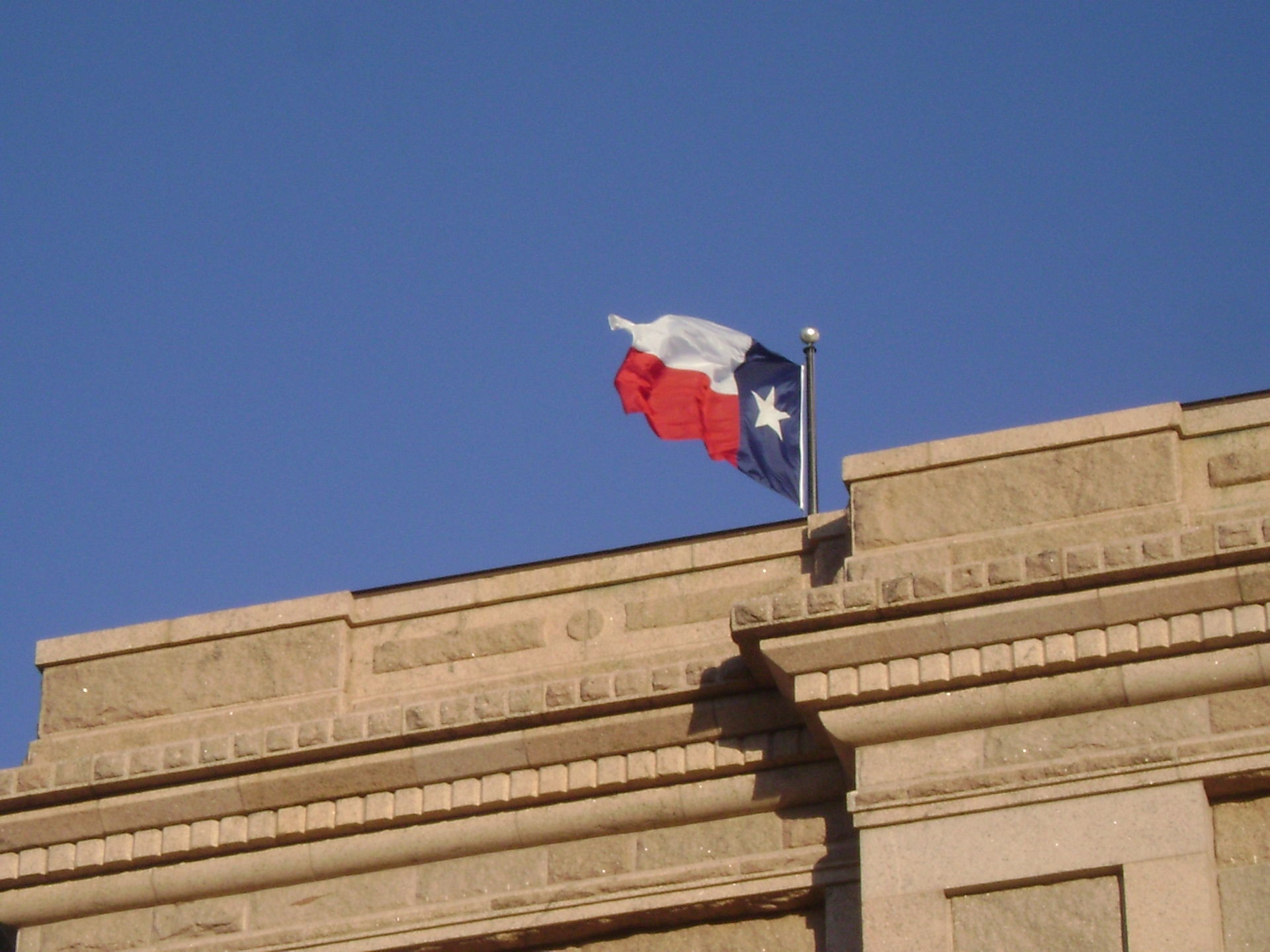
Pete Sessions defeated Renee Swann in the Republican primary runoff for Texas’ 17th Congressional District. Sessions received 54% of the vote to Swann’s 47%. Sessions was a member of Congress from 1997 to 2019, representing Texas’ 32nd Congressional District (2003-2019) and Texas’ 5th Congressional District (1997-2003). He campaigned on his record and said he voted…
-
Carl defeats Hightower in Alabama’s 1st Congressional District Republican primary runoff

Jerry Carl defeated Bill Hightower in the Republican primary for Alabama’s 1st Congressional District. Carl received 52% of the vote to Hightower’s 48%. Alabama Daily News’ Todd Stacy described the race as “a battle between the activist and business wings of the Republican Party.” Carl received endorsements from the U.S. Chamber of Commerce and the outgoing…
-
Moore defeats Coleman in Republican primary runoff for AL-02
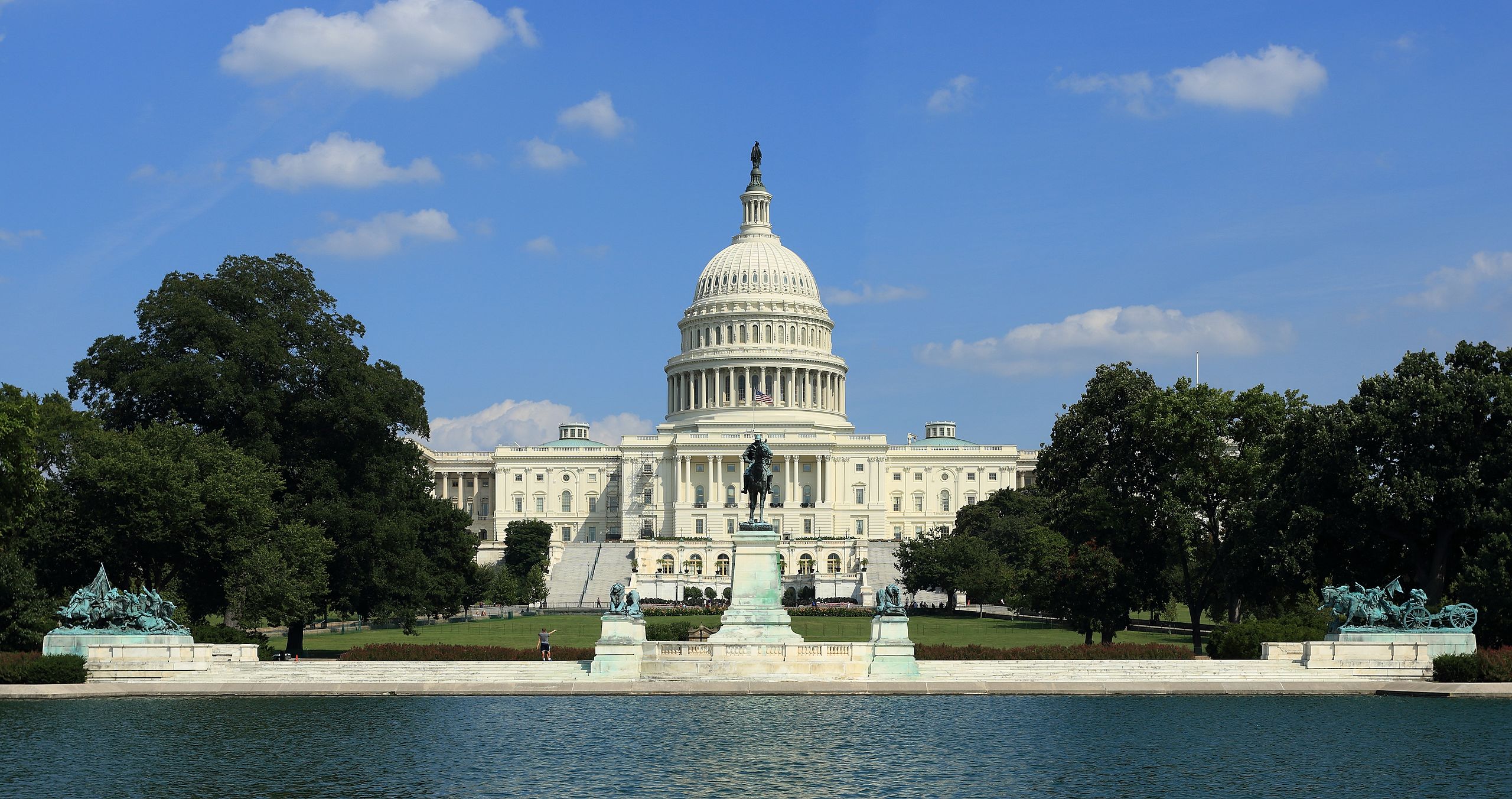
Barry Moore defeated Jeff Coleman in the Republican primary runoff for Alabama’s 2nd Congressional District. Moore received 60% of the vote to Coleman’s 40%. Incumbent Martha Roby (R) did not seek re-election, leaving this safe Republican seat open. Moore served in the state House between 2010 and 2018 and is a U.S. Army and Alabama…
-
Gideon wins Democratic nomination for U.S. Senate in Maine

Sara Gideon defeated Betsy Sweet and Bre Kidman in the Democratic primary for U.S. Senate in Maine. As of 11:15 a.m. Eastern Time on July 15, Gideon had received 70% of the vote followed by Sweet and Kidman with 23% and 7% of the vote, respectively, with 88% of precincts reporting. The Democratic Senatorial Campaign…
-
Supreme Court issues final orders of October Term 2019-2020
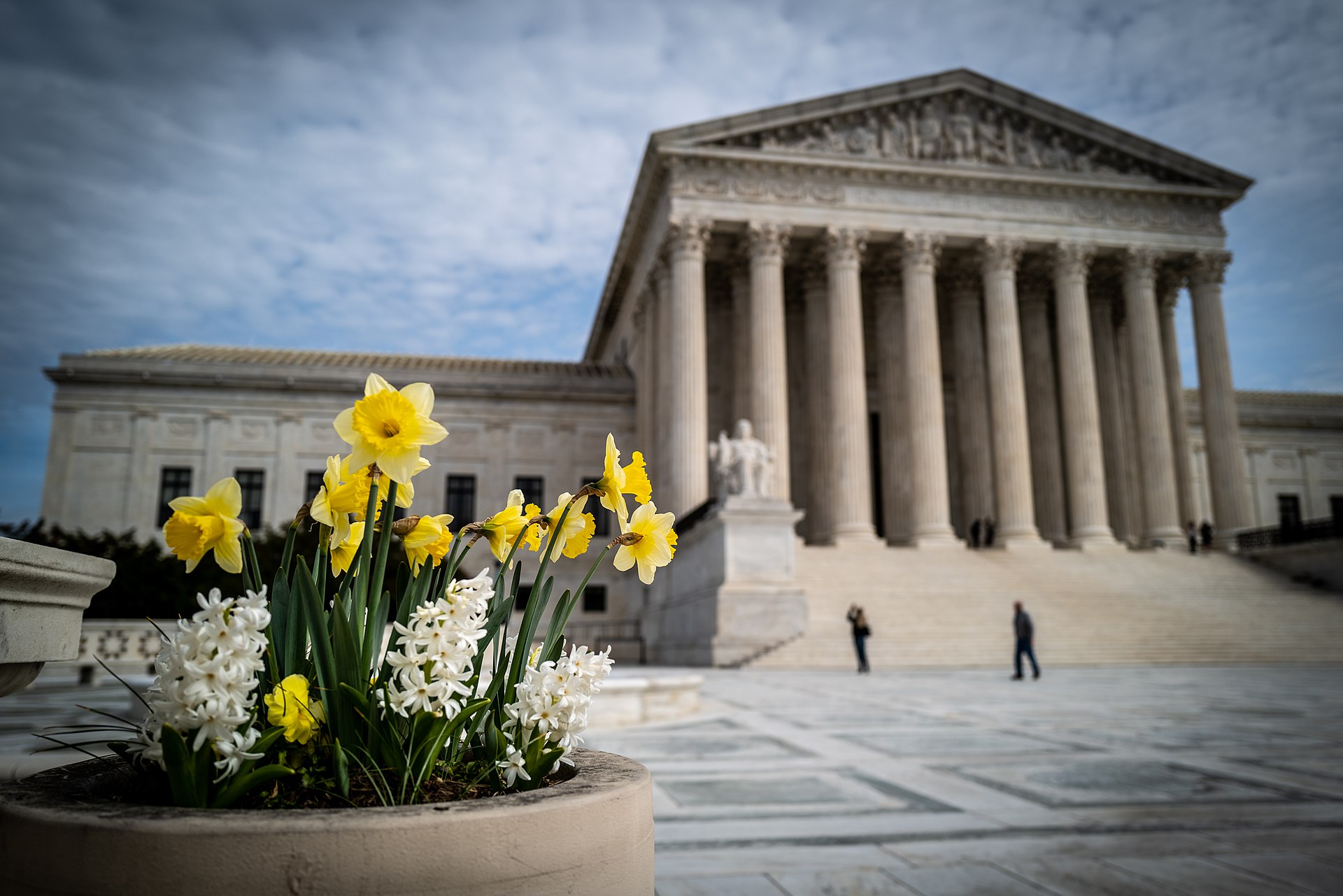
On July 9, the Supreme Court of the United States (SCOTUS) issued its final orders from its October 2019-2020 Term, granting review in six cases for a total of four hours of oral argument during its upcoming October Term for 2020-2021. The cases have not yet been scheduled for argument. Collins v. Mnuchin (Consolidated with…
-
U.S. Supreme Court releases October calendar
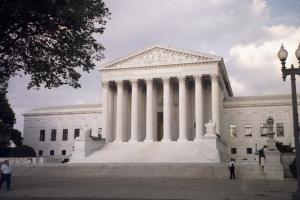
The U.S. Supreme Court has released its October argument calendar for the 2020-2021 term. The court will hear 10 hours of oral argument in 12 cases between October 5 and October 14. The cases were originally scheduled for the court’s 2019-2020 term but were postponed due to the coronavirus pandemic. So far, the court has…
-
3,061 major party candidates filed for 2020 Congress elections
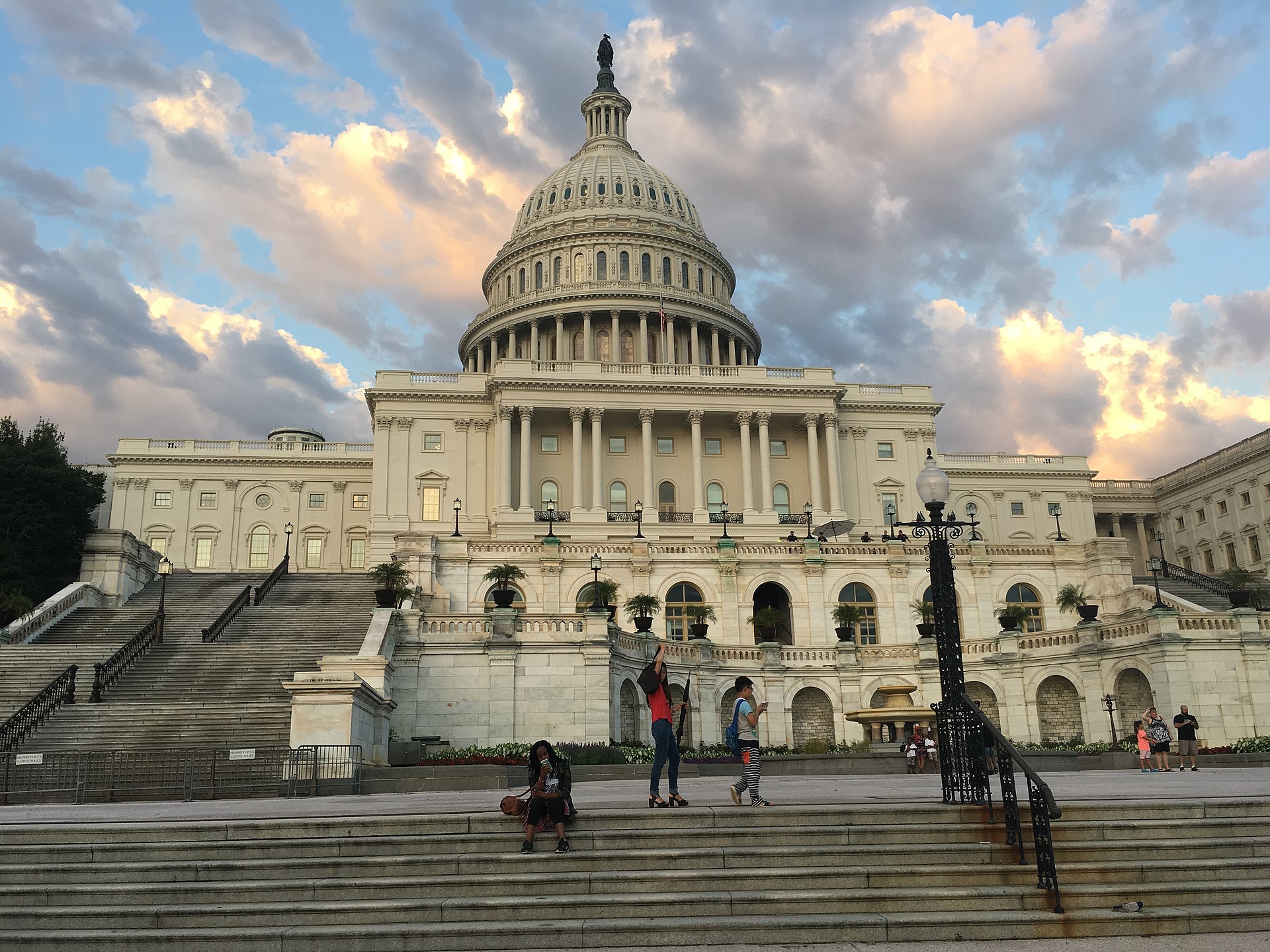
As of July 13, 3,061 major party candidates have filed to run for the Senate and House of Representatives in 2020. So far, 475 candidates are filed with the Federal Election Commission (FEC) to run for U.S. Senate. Of those, 379—191 Democrats and 188 Republicans—are from one of the two major political parties. In 2018,…
-
Jackson defeats Winegarner in TX-13 Republican primary runoff
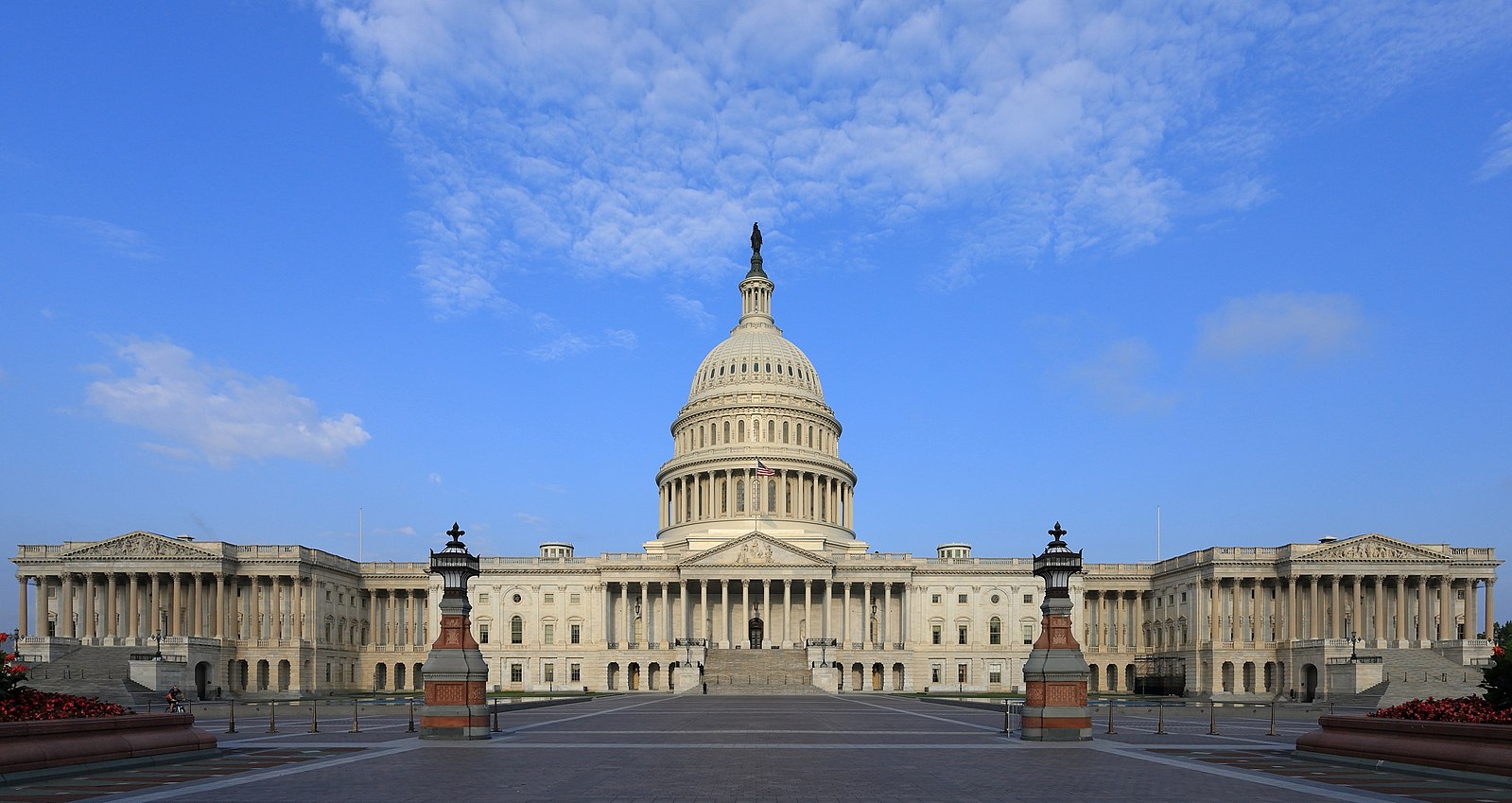
Ronny Jackson defeated Josh Winegarner in the Republican primary runoff for Texas’ 13th Congressional District. As of 9:45 p.m. Central Time, Jackson had received 55.6% of the vote to Winegarner’s 44.4%, with 90% of precincts reporting. President Donald Trump (R), U.S. Sens. Lindsey Graham (R-S.C.) and Josh Hawley (R-Mo.), and former Texas Gov. Rick Perry…
-
Tuberville defeats Sessions in Republican primary runoff for Senate in Alabama
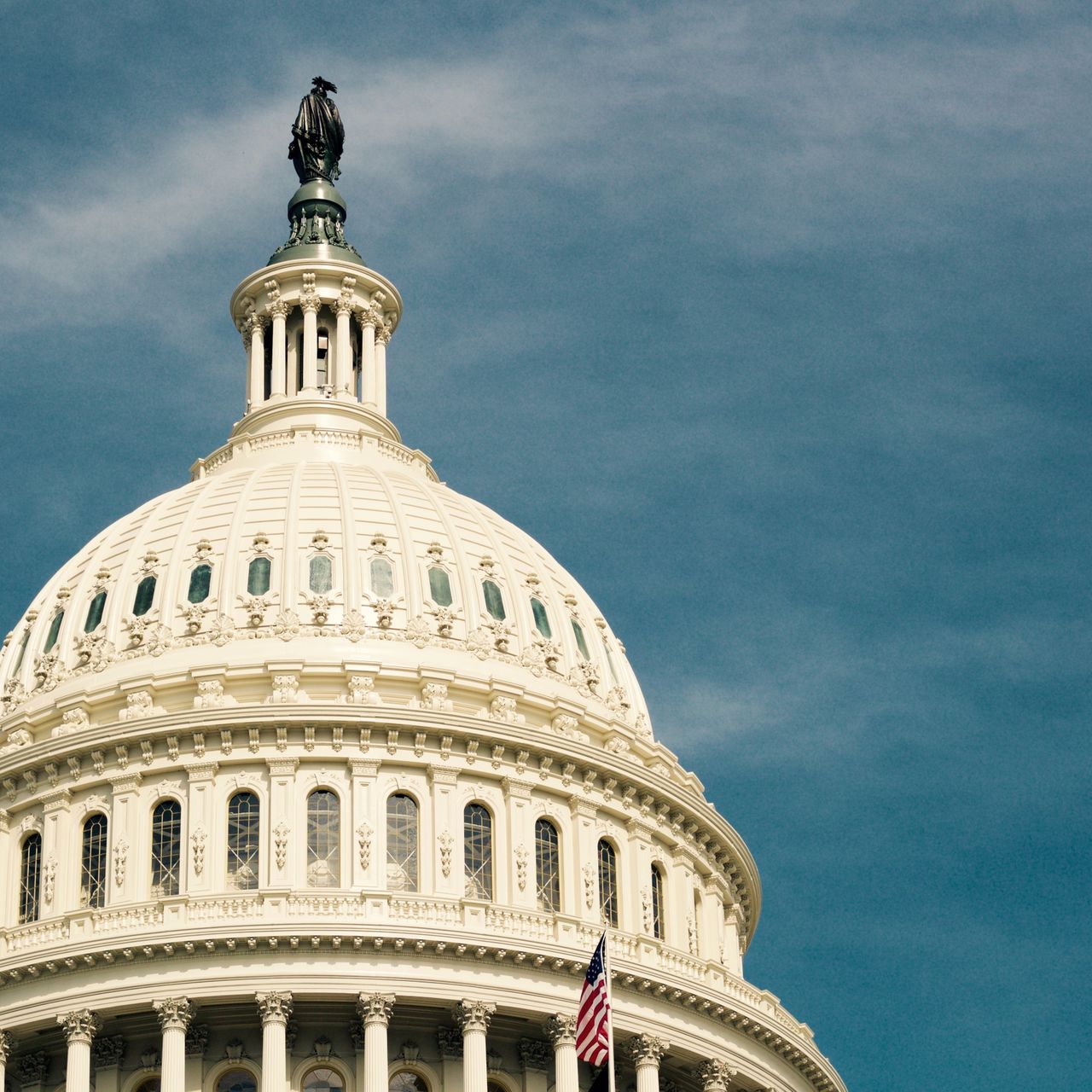
Tommy Tuberville defeated Jeff Sessions in the Republican primary runoff for U.S. Senate in Alabama. Tuberville received 63% of the vote to Sessions’ 37% as of 8:20 p.m. CDT on Tuesday. President Donald Trump endorsed Tuberville, a former college football coach. Sessions held the Senate seat for 20 years before Trump appointed him as U.S.…

